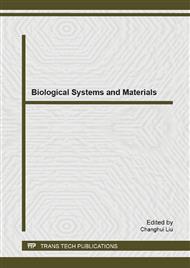p.116
p.123
p.129
p.136
p.143
p.150
p.159
p.165
p.173
A Model for Predicting Productivity of Multi-Staged Fractured Horizontal Wells in Ultra-Low Permeability Tight Gas Reservoirs
Abstract:
Based on the equivalent radius model and superposition potential, a productivity model for ultra-low permeability tight gas reservoirs was developed, which considered the influence of the threshold pressure gradient and the variable mass flow in fractures, and pressure loss inside the wellbore. With examples for capacity sensitive factors are analyzed. The results show that the threshold pressure gradient must be accounted to evaluate the productivity in ultra-low permeability tight gas reservoirs; after considering wellbore pressure loss; close toe fractures inflow velocity segment has been reduced; the larger matrix permeability, the greater the optimum fracture conductivity; When the number of fracture is more, the greater the impact on the capacity of the fracture angle. The research results provide a scientific basis for the design of multi-fractured horizontal wells in the ultra-low permeability tight gas reservoirs.
Info:
Periodical:
Pages:
143-149
Citation:
Online since:
May 2014
Authors:
Price:
Сopyright:
© 2014 Trans Tech Publications Ltd. All Rights Reserved
Share:
Citation:


